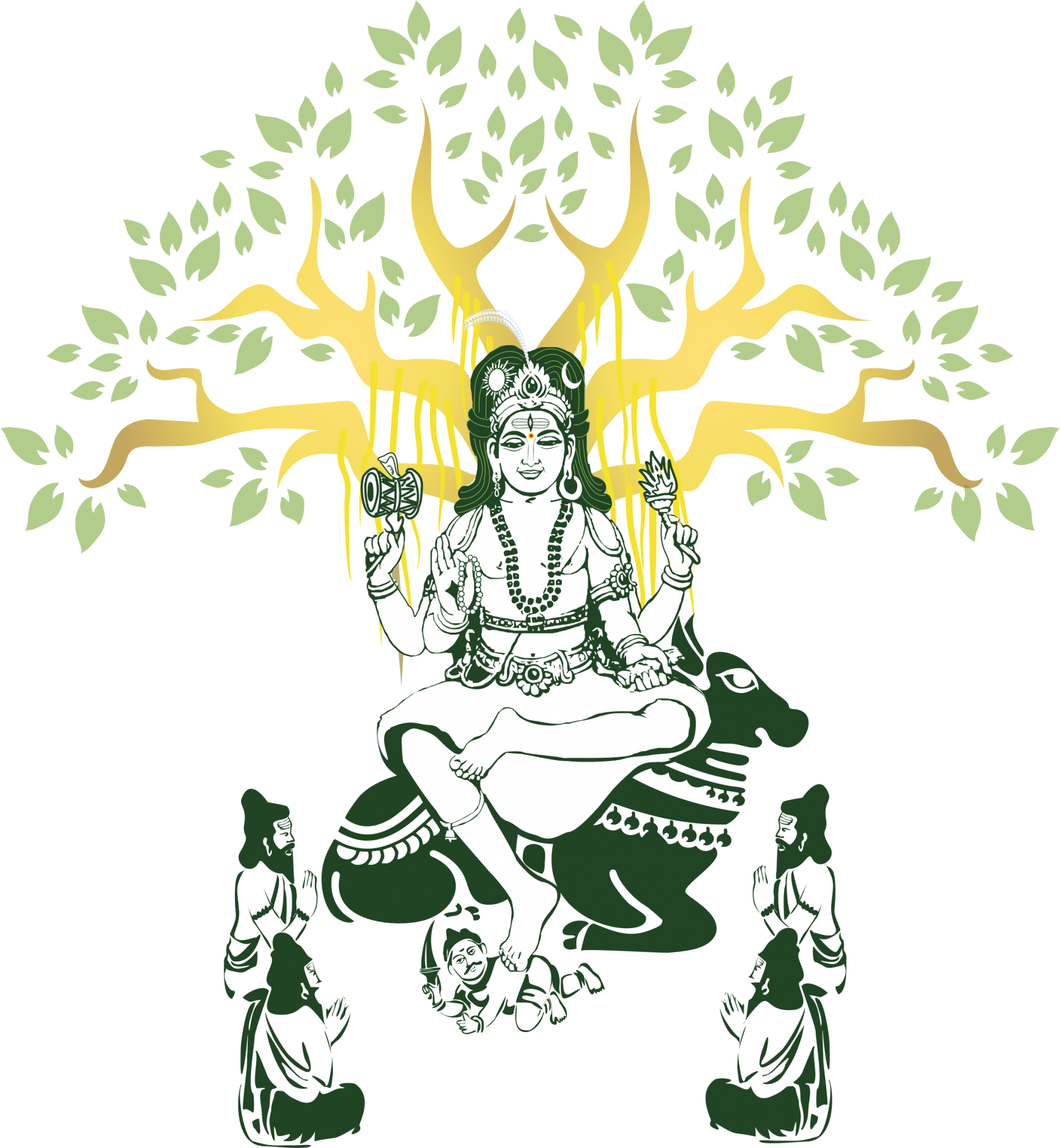Arsha Vidya Gurukulam invited to the United Nations
Arsha Vidya Gurukulam, Saylorsburg, USA was invited to represent Hinduism at the United Nations in New York on March 12, 2020, to honor Rabbi Arthur Schneieron the occasion of his 90th birthday celebration.
Swami Jnanananda attended this function representing the Gurukulam. Rabbi Scheiner, is an eminent member of the United Nations Alliance of Civilizations (UNAOC). He spent almost his whole life working for religious freedom and human rights. He is a holocaust survivor. In his speech he mentioned that he made a promise to God while in the concentration camp that if God would let him live, he would spend his whole life for the cause of religious freedom and human rights; which he did. Pujya Swami Dayanandaji and Shri Bawa Jain worked together with Rabbi Arthur Schneierand other delegates who were present in the Millennium World Peace Summit of Religious and Spiritual Leaders, held in New York in August 2000 to prepare a Declaration at the end of the summit. They also worked together again in preparing a Charter at the World Council of Religious Leaders meeting in Bangkok in 2002. Pujya Swamiji convinced the religious leaders to remove the words “being tolerant to other religions” and replace them with “mutual understanding and respect“. The final Declaration of the Millennium World Peace Summit which was presented to Secretary-General Kofi Annan had these wordings.
“Whereas there can be no real peace until all groups and communities acknowledge the cultural and religious diversity of the human family in a spirit of mutual respect and understanding.”
The Article 5.1 (d) of Charter which was the outcome of the Bangkok meeting mentions:“Work for the active promotion of mutual respect and the preservation of religious diversity.”Rabbi Schneier was so convinced by Pujya Swamiji’s suggestion that in his address to the “High-Level Thematic Debate of the UN General Assembly Promoting Tolerance and Reconciliation” in New York on April 22, 2015, he stated these words:
“I would, however, offer a comment. The word “tolerance” is really a misnomer. “I tolerate you” put me in a superior position. I keep up with you. I tolerate you. You’re a second-class citizen. You are not equal to me, so I would respectfully propose that instead of using the word “tolerance”, we speak in terms of mutual acceptance, mutual understanding.”In our recent March 12thgathering, Secretary-General of the United Nations
H.E. Antonio Guterres in his address paid tribute to Rabbi Schneierfor his six decades of leadership on behalf of religious freedom, human rights, and peaceful co-existence. The session concluded with prayers from the prominent religious leaders led by H.E. Archbishop Elpidophoros of America (the Greek Orthodox Church). Swami Jnanananda prayed for Rabbi Schneier with Pujya Swami Dayanandaji’s blessings and Vedic prayers.
Summit Secretary-General Bawa Jain, accompanied by Pujya Swamiji and other leaders from the Summit, presents its Declaration to UN Secretary-General Kofi Annan (August 29, 2000)
(UN photo/Eskinder Debebe)
Report by Swami Jnanananda Saraswati
Jnanananda108@gmail.com




